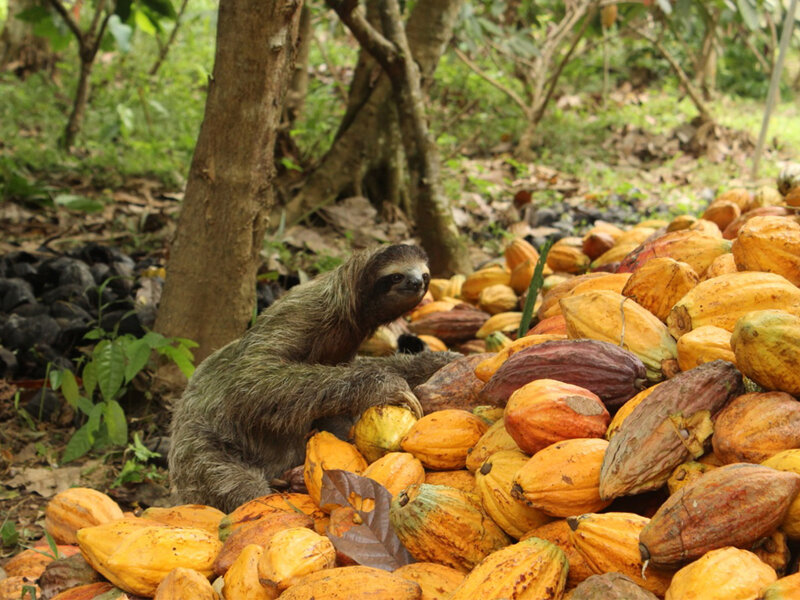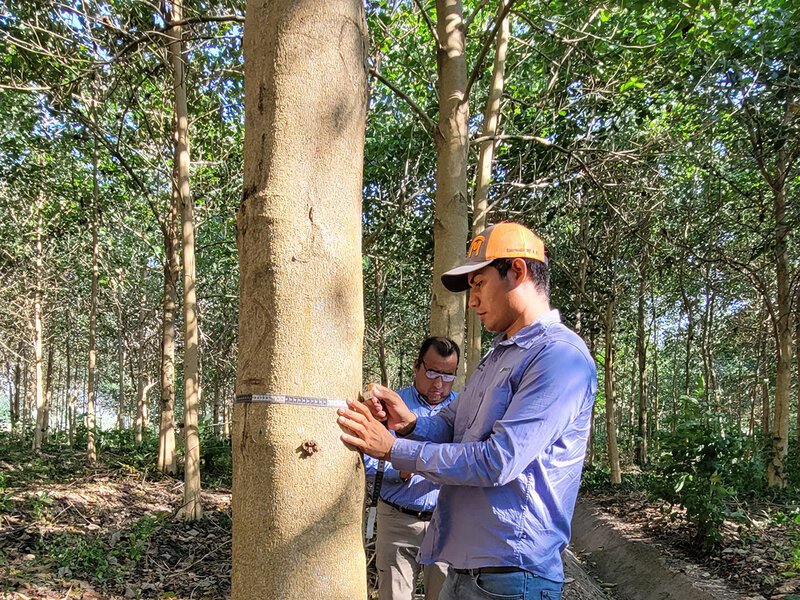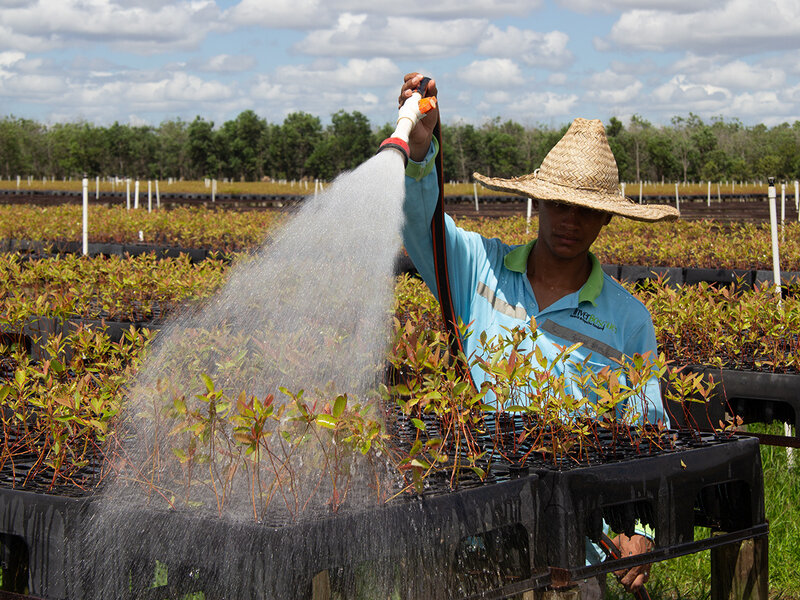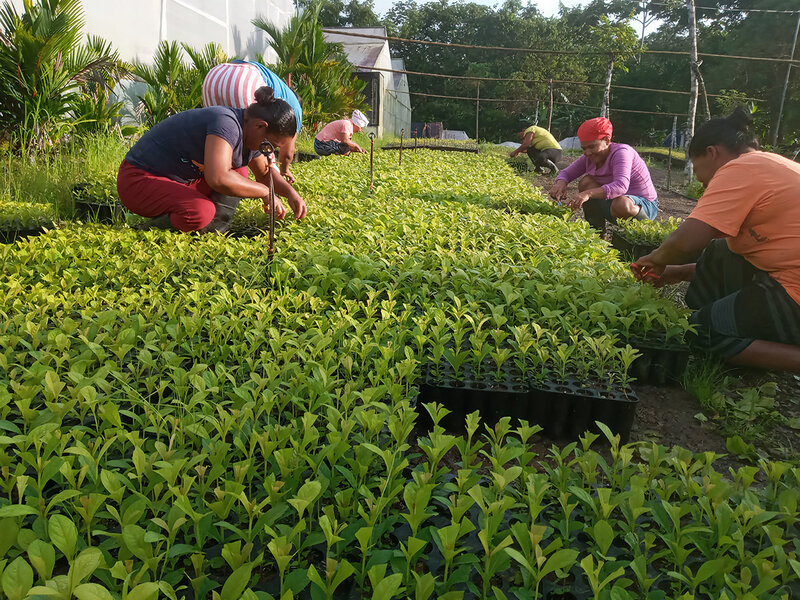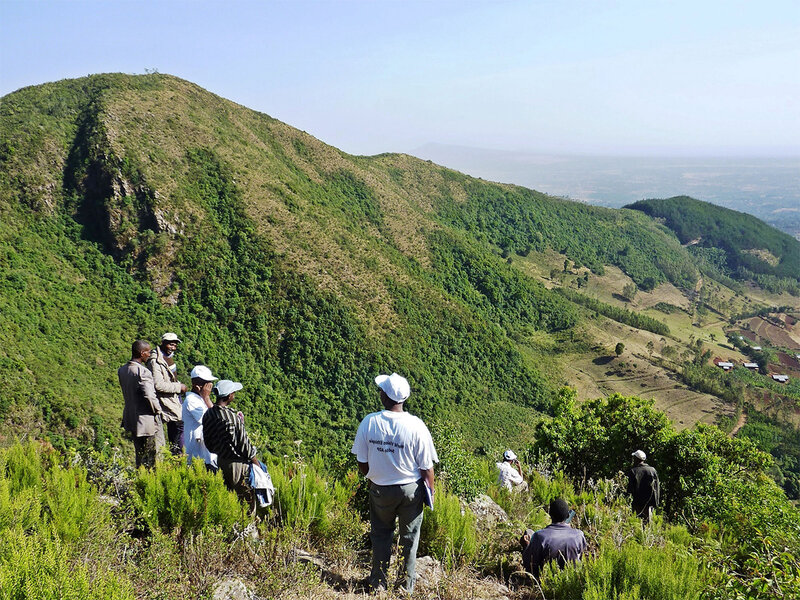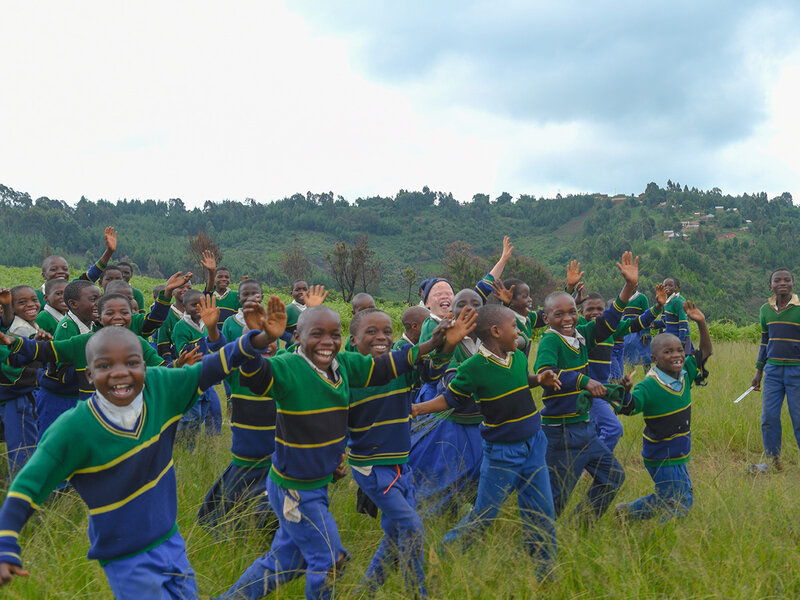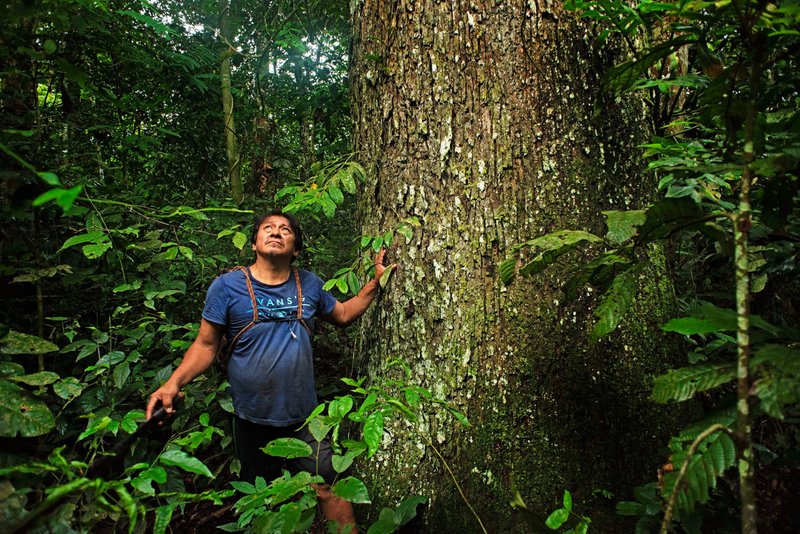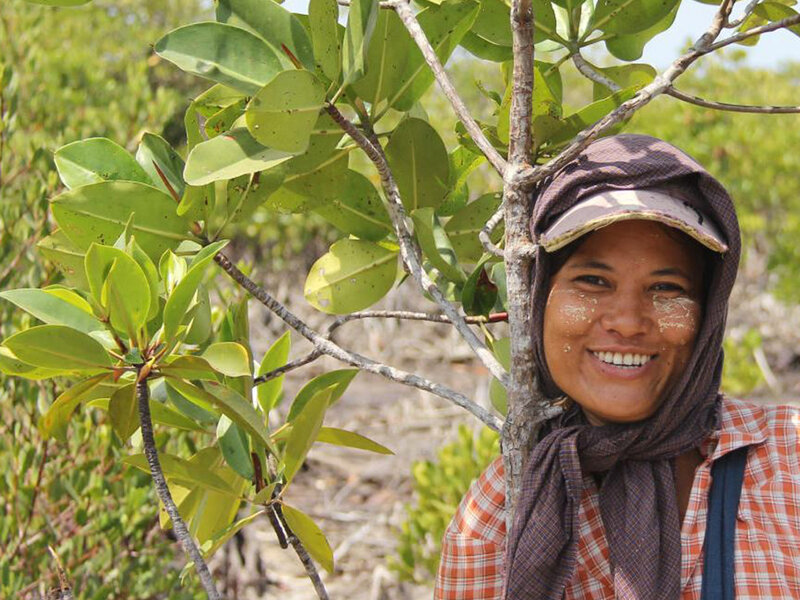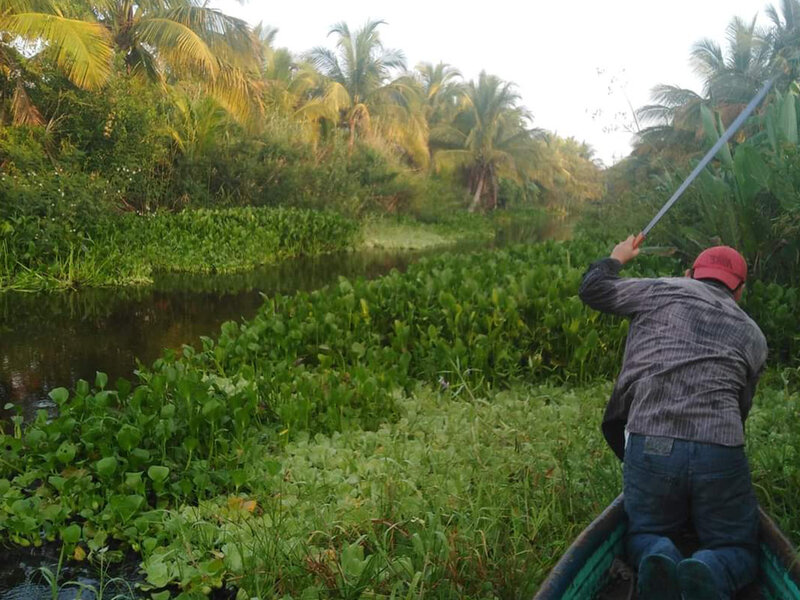Afforestation and reforestation both involve establishing trees on non-forested land. Reforestation refers to re-establishing forests on land with recent tree cover, whereas afforestation refers to planting forests on land that hasn't supported forest for a long time. According to IPCC Guidelines, afforestation is the "planting of new forests on lands which, historically, have not contained forests."

FINANCE AFFORESTATION/REFORESTATION CARBON PROJECTS
Forestry and other land use accounts for nearly 14 percent of annual global CO2 emissions. Afforestation and reforestation capture up to 7.6 billion metric tons of CO2 annually. Make financing these carbon projects part of your holistic corporate climate strategy.
(source - IPCC 2023)

